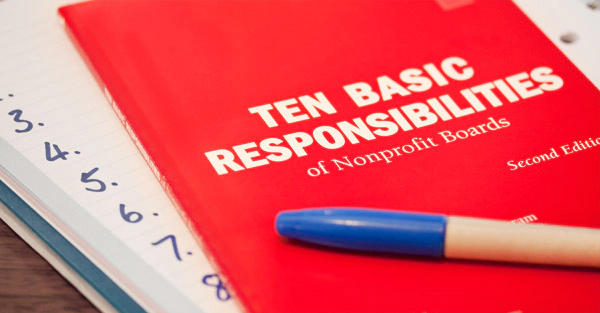board-recruitment
Conducting Panel Interviews
Published: February 14, 2012
Read Time: 3 minutes

A short guide to putting together and conducting a panel interview for selecting a new chief executive officer for a non-profit organisation.
Selecting the Panel Members
In contrast to the private sector, not-for-profit organisations have a predilection for interviewing candidates through panels, which may consist of several (or sometimes even more!) stakeholders.
This is especially true where federated organisations are selecting Chief Executive Officers, although the preference is for the Board to appoint a sub-committee of say three Directors, usually including the Chair and sometimes bringing in an independent person.
Irrespective of the size of the group who will interview the shortlist candidates, preparation is the key, as it is with every aspect of any senior appointment process.
Preparation
Panel members should be provided with the resumes of shortlist candidates well in advance of the interview date, and it is also vital that interviewers have access to other material, which could include the job ad, the position description and any other background information concerning the interviewees.
Most importantly, a list of interview questions needs to be agreed in advance, and it is vital that these are derived from the role description. Moreover, the questions must be open-ended, and should under no circumstances be answerable by the words “yes” or “no”. The only time when a closed question is valid is at the point where the preferred candidate is asked whether they will accept the job at a particular remuneration package!
The questions used at interview should be uniform for all candidates, although of course it is appropriate, and even advisable, for supplementary questioning to be invoked, to clarify specific areas.
Since panel members will have been chosen for their specialist skills, it is preferable that each of them is assigned to questions pertaining to their particular area of expertise.
Evaluation
Inevitably, individuals can form impressions about people they meet which may in some cases be quite divergent from the views of others. For this reason, a matrix should be drawn up, intended for the panel to evaluate those shortlisted according to the pre-agreed selection parameters. In addition to confirming the questions up front, panel members ought to be provided with any selection tools prior to the date for the meetings, so that they can comment on the relevance of the weightings themselves, and also put forward opinions on the relative importance apportioned to each of the nominated criteria.
While no selection panel should feel any pressure to give the job to the person who scores more points, any marked deviations in the ratings earned by individual shortlist candidates should be used as the basis for further investigation. Such issues might become an integral part of the reference checks undertaken after the shortlist meeting.
Follow up
Since the appointment of a CEO is the most crucial decision any Board of Directors can make, it is desirable for the shortlist process to arrive at a “short-shortlist” which could comprise the two people seen as most appointable. Even if there is a standout candidate, it is wise to bring two people back for subsequent evaluation. The interval between the shortlist date and the time when the final meeting takes place can be used to carry out reference checking and subject the short-shortlist individuals to psychometric appraisal, if indicated.
One popular format for the final selection interview is for candidates to be asked to make a presentation to the panel, or to talk on a particular topic. This in turn can lead to a further question and answer session, from which the preferred candidate can hopefully be identified.
Only by using a process exhibiting the kind of rigour described above, can a group of decision makers with quite different backgrounds and preferences arrive at a senior appointment which is likely to be acceptable to the greatest proportion of stakeholders.
Share this Article
Recommended Reading
Recommended Viewing
Author
-
Managing Director
Brooker Consulting
- About
-
Jeremy has recruited over hundreds of Directors and CEOs for health, human services, not for profit and research organisations. Former Board member and Director of Vision Australia Foundation for 10 years. Memberships include the Institute of Management Consultants, Australian Institute of Company Directors and Disability Professionals Victoria.
Found this article useful or informative?
Join 5,000+ not-for-profit & for-purpose directors receiving the latest insights on governance and leadership.
Receive a free e-book on improving your board decisions when you subscribe.
Unsubscribe anytime. We care about your privacy - read our Privacy Policy .







